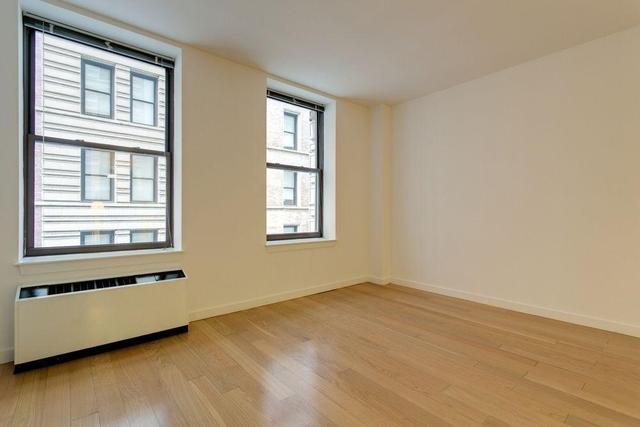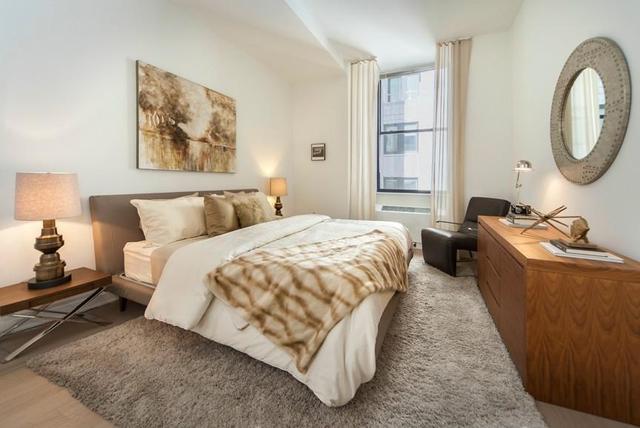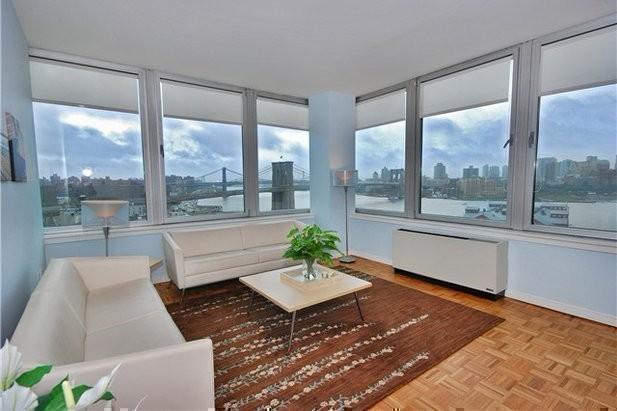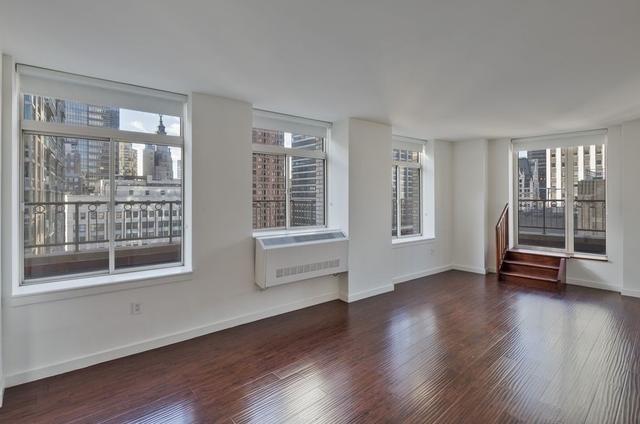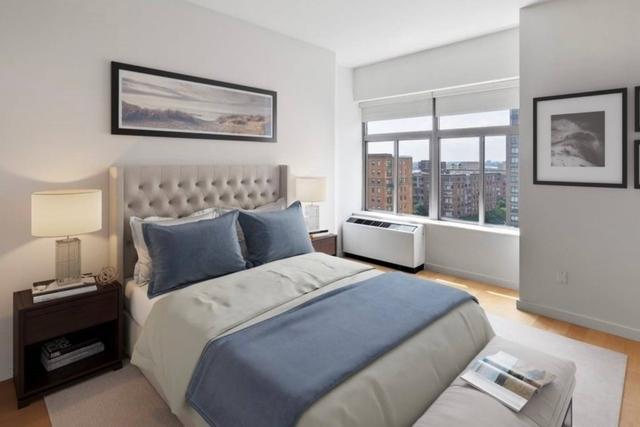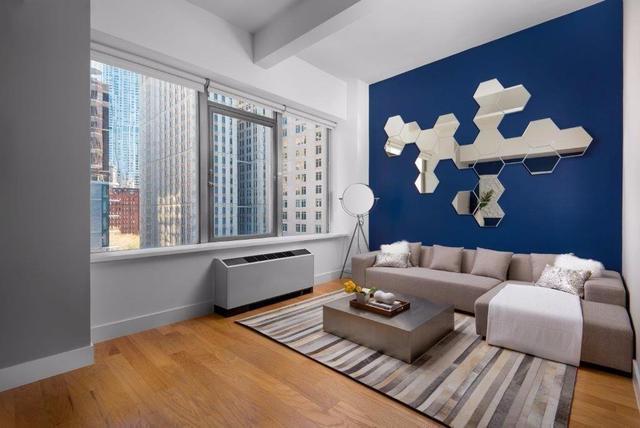
Pied-à-Terre: More Than Just a Fancy French Phrase
By: ROS Team
Pied-à-Terre is a French term that has been used for centuries to describe a secondary or part-time residence. Despite its long history and widespread usage, many people are still unfamiliar with the concept and its true meaning.
In this blog post, we will explore the definition, history, and modern usage of Pied-à-Terre, as well as its advantages and disadvantages.
What is Pied-à-Terre?
Pied-à-Terre literally translates to “foot on the ground,” which symbolizes the idea of having a place to rest one’s feet when away from home. Over the years, the term has taken on a broader meaning. Encompassing everything from small apartments used for weekend getaways to luxurious city pads used for business and entertainment purposes.

History of Pied-à-Terre
The history of Pied-à-Terre dates back to medieval Europe, where the term was originally used to describe a small. Modest dwellings used as a temporary refuge or escape from the daily grind. During this time, pied-à-terre was often used by travelers and merchants who needed a place to stay while conducting business in the city.
1. Evolution of Pied-à-Terre Usage Over Time
As the centuries passed, the concept of Pied-à-Terre evolved and became more closely associated with the upper classes. During the 19th and early 20th centuries, wealthy European families would often maintain a Pied-à-Terre in the city as a symbol of their status and a place to escape the countryside.
2. Pied-à-Terre Today
In modern times, Pied-à-Terre has become a common term used to describe a secondary or part-time residence in a city.
The idea behind a Pied-à-Terre is to have a convenient and comfortable place to stay when away from one’s primary residence, whether for business, leisure, or personal reasons.
Pied-à-Terre has come to symbolize a certain level of luxury and sophistication and is often associated with the wealthy and successful.
However, the concept is accessible to people of all backgrounds and income levels and can offer a practical solution for those in need of a secondary residence.
Modern Usage of Pied-à-terre

Pied-à-Terre has a variety of uses in modern times. Some of the most common purposes include:
1. Residential
Pied-à-Terre can be used as a secondary residence for those who live or work in different cities. This could include people who divide their time between two homes. Such as a primary residence in the suburbs and a Pied-à-Terre in the city.
2. Business
Many business professionals use Pied-à-Terre as a convenient and cost-effective alternative to hotels when traveling for work. A Pied-à-Terre can also serve as a city base for business executives who need to be in the city on a regular basis.
3. Luxury and Sophistication
For some people, a pied-à-terre is a symbol of luxury and sophistication and a way to enjoy city life without committing to full-time residency. In this sense, Pied-à-Terre can serve as a showcase for one’s personal style and success.
Regardless of the purpose, Pied-à-Terre offers a flexible and convenient alternative to traditional full-time residency. Allowing people to maintain a presence in the city while enjoying the comfort and privacy of their own space.
With the rise of the gig economy and remote work, Pied-à-Terre is becoming an increasingly popular option for those seeking a balance between work and life.
Advantages of Pied-à-Terre
There are several advantages to having a Pied-à-Terre, including:
1- Flexibility and Convenience:
A Pied-à-Terre provides a flexible and convenient place to stay when away from one’s primary residence. This allows people to move freely between two homes without the hassle and expense of hotels or other temporary accommodations.
2- Cost Savings:
Compared to the cost of a full-time residence, a Pied-à-Terre can be a more cost-effective option. Particularly for those who only spend a limited amount of time in the city. By only paying for a Pied-à-Terre when they need it, people can save money on housing and other expenses.
3- Investment Opportunity:
For those looking to invest in real estate, a pied-à-terre can be a lucrative opportunity. A well-located Pied-à-Terre can appreciate in value over time and may also be rented out when not in use, generating additional income.
4- Enhanced Quality of Life:
For many people, a Pied-à-Terre represents a way to enhance their quality of life and enjoy the best of both worlds. Whether for business or pleasure, a Pied-à-Terre provides a comfortable and convenient place to stay and can serve as a sanctuary in the heart of the city.
Overall, Pied-à-Terre offers many advantages for those in need of a secondary residence and can provide a flexible and cost-effective solution for both personal and financial reasons.
Disadvantages of Pied-à-Terre
Despite its many benefits, there are also some disadvantages to owning a Pied-à-Terre, including:
1- Cost:
The cost of purchasing a Pied-à-Terre can be substantial, particularly in cities with high real estate prices. This can be a barrier for many people and may limit the accessibility of Pied-à-Terre to only the wealthiest members of society.
2- Maintenance and Upkeep:
Maintaining a Pied-à-Terre requires time, effort, and money. This includes regular cleaning, repairs, and upgrades, as well as utilities and other ongoing expenses. For those who are not frequently using the space, these costs can add up and become a burden.
3- Location:
Pied-à-Terre is often associated with city living, which can also bring its own set of challenges, such as noise, traffic, and crime. For some people, the lack of privacy and peace and quiet associated with city living may be a significant drawback.
4- Responsibility:
Owning a Pied-à-Terre comes with the responsibility of managing and maintaining the property, even when it is not in use. This can be a burden for those who are frequently traveling or have other commitments and may result in the property being neglected or falling into disrepair.
5- Property Taxes:
In some cities, the property taxes on a Pied-à-Terre can be substantial, particularly for high-end properties. This can be a major financial burden for those who are only using the space part-time.
Overall, while Pied-à-Terre can offer many benefits, it is important to carefully consider the costs, responsibilities, and other disadvantages before making the investment.
Is There a Pied-à-Terre Tax in NYC?
Yes, there is a Pied-à-Terre tax in New York City. In 2019, the city implemented a new tax on second homes worth more than $5 million, which is commonly referred to as the “Pied-à-Terre tax.” The tax, which ranges from 0.5% to 4% of the property’s value. Is intended to raise revenue for the city and address the issue of underutilized luxury apartments.

The Pied-à-Terre tax applies to second homes that are not the owner’s primary residence and is calculated based on the value of the property. For example, properties valued between $5 million and $6 million are taxed at a rate of 0.5%. While properties valued over $25 million are taxed at a rate of 4%.
Can you Rent a Pied-à-Terre in NYC?
Yes, you can rent a Pied-à-Terre in New York City. Pied-à-Terre refers to a secondary residence that is typically used for only part of the year, and renting a Pied-à-Terre can be a more flexible and cost-effective option compared to purchasing one.
There are many rental options for Pied-à-Terre in New York City, ranging from studio apartments to larger, more luxurious properties.
The rental price can vary widely depending on the location, size, and amenities of the property. Some popular areas for Pied-à-Terre in New York City include Manhattan, Brooklyn, and Queens.
Should you Buy a Pied-à-Terre in NYC?
Whether or not you should buy a Pied-à-Terre in NYC depends on your personal circumstances, financial resources, intended use for the property, location preferences, and the real estate market. Consider all of these factors before making a decision and seek the advice of a financial advisor or real estate professional.



